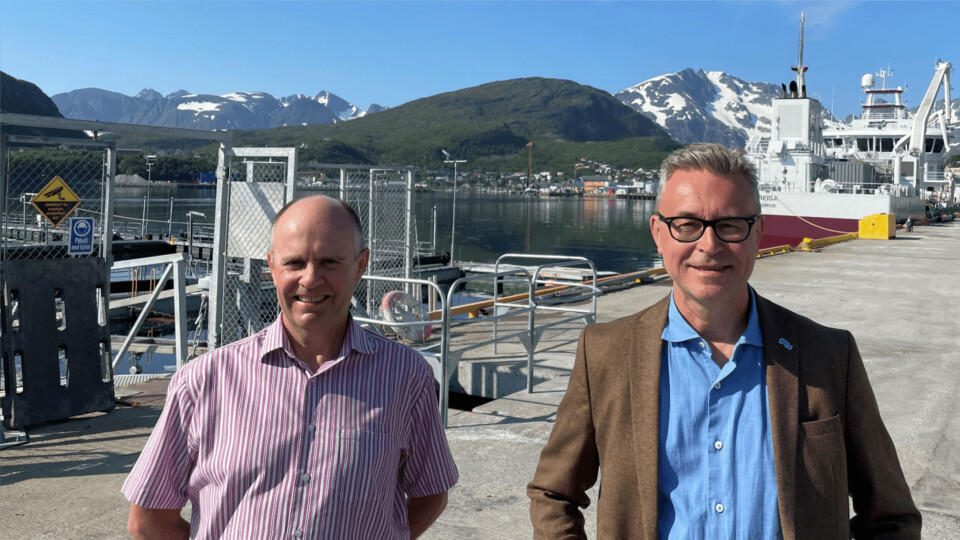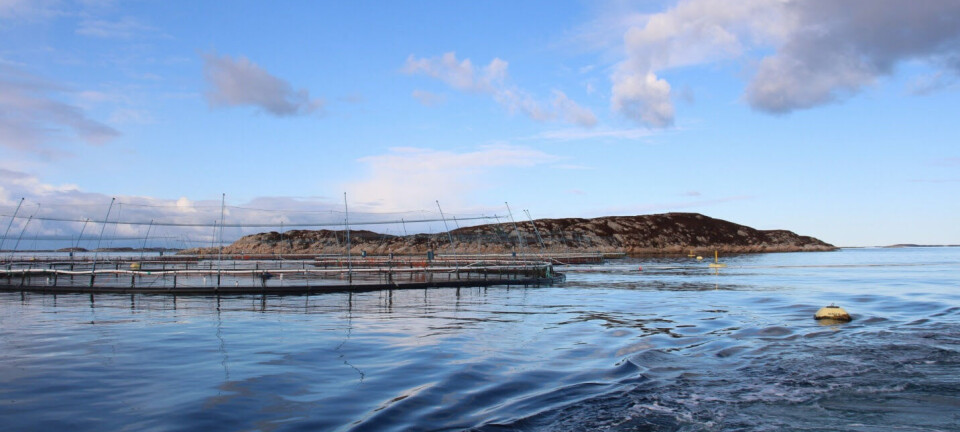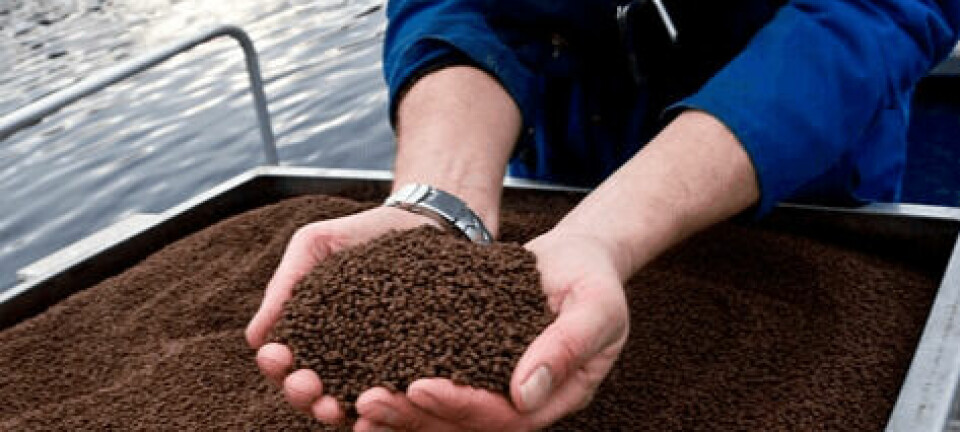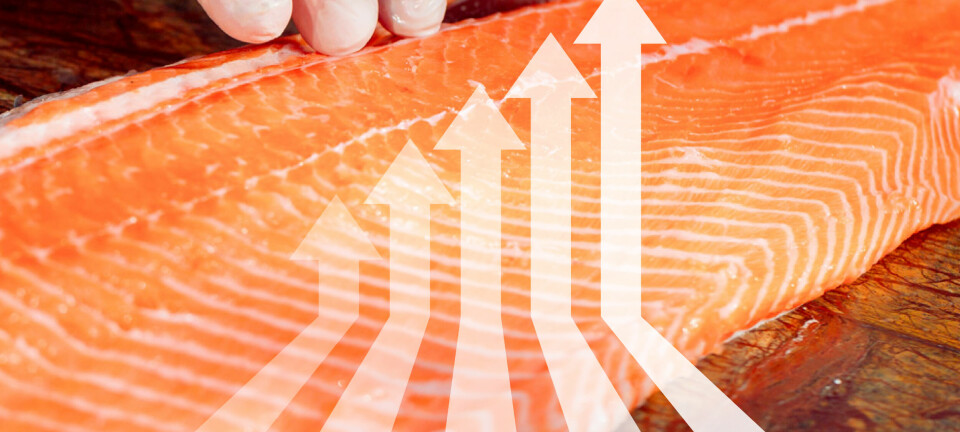
Norway seeks to change 'complex' permit system
The Norwegian government is to look at modernising the country’s “fragmented and complex” fish farming permit system as part of a strategy to ensure the sector’s sustainable growth.
The move, which is included in a new aquaculture strategy, A Sea of Opportunities, published by the Ministry of Trade and Industry, will include assessing whether maximum allowed biomass (MTB) can be used differently.
A committee with a broad composition is to be appointed by the government to look at the future design of the licensing system, with work scheduled to begin in the autumn.
Mustn’t be held back
The strategy document points out that it will take time before changes proposed by the committee can be considered. Until that happens, the industry’s framework conditions must be further developed within the current system, so that the industry is not held back unnecessarily.
Prefacing the strategy, fisheries and seafood minister Odd Emil Ingebrigtsen said farmed salmon and trout were Norway’s second-largest export, adding: “The industry can play an even more important role if we are able to handle the challenges the industry faces and seize the new opportunities.
“This places not only demands on the industry itself, but also on management and research. With this strategy, the government wants to see the development in a 10 to 15-year perspective going forward with a focus on how we will together handle both the challenges and the opportunities we face. The goal of the aquaculture strategy is to facilitate new sustainable growth and show direction for one of Norway’s most important industries.”
Fish health
The government says that it will facilitate the industry to:
- safeguard good fish health and fish welfare
- produce sustainable seafood with a low climate and environmental footprint
- produce healthy and safe seafood that meets nutritional needs and food preferences
- have good access to the markets where the product is competitive, and can document that Norwegian seafood satisfies the requirements for, among other things, food safety, sustainable production and fish health and welfare
- contribute to good and profitable jobs and local ripple effects along the entire coast and income to the community.























































